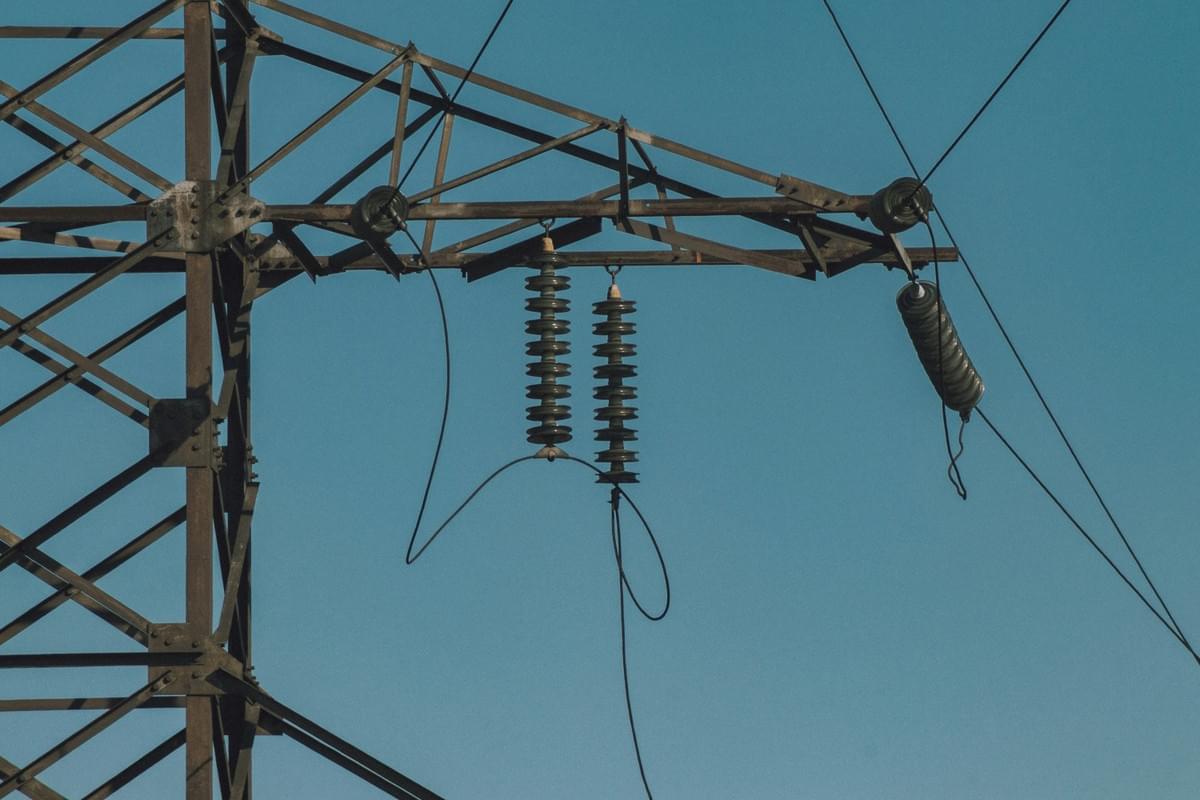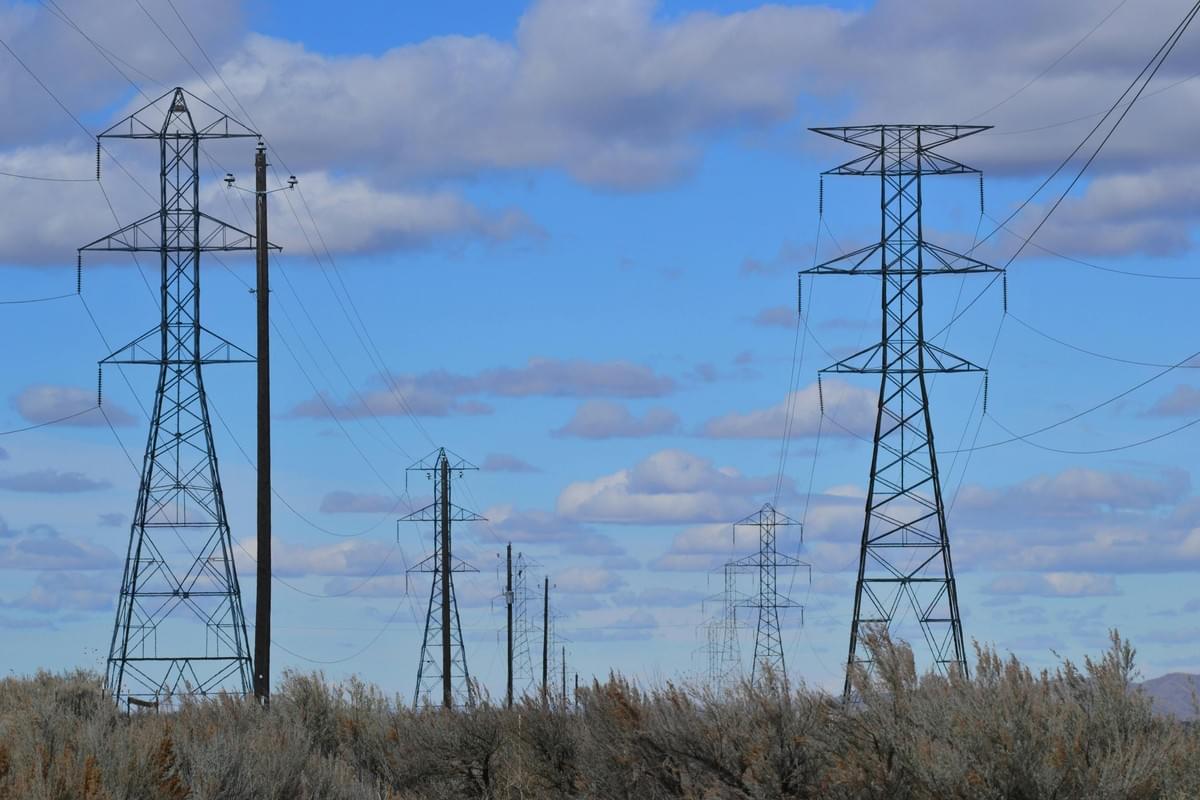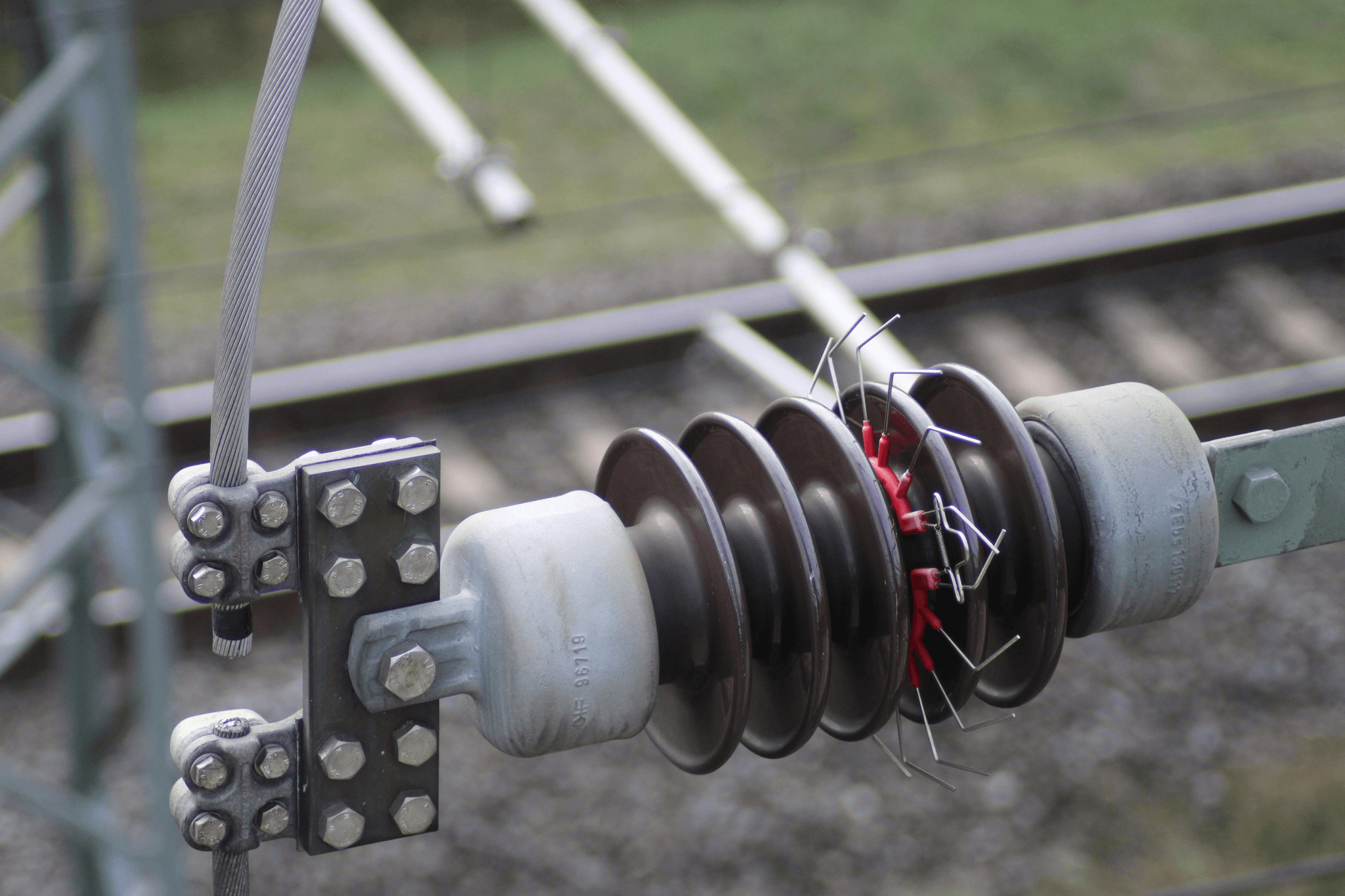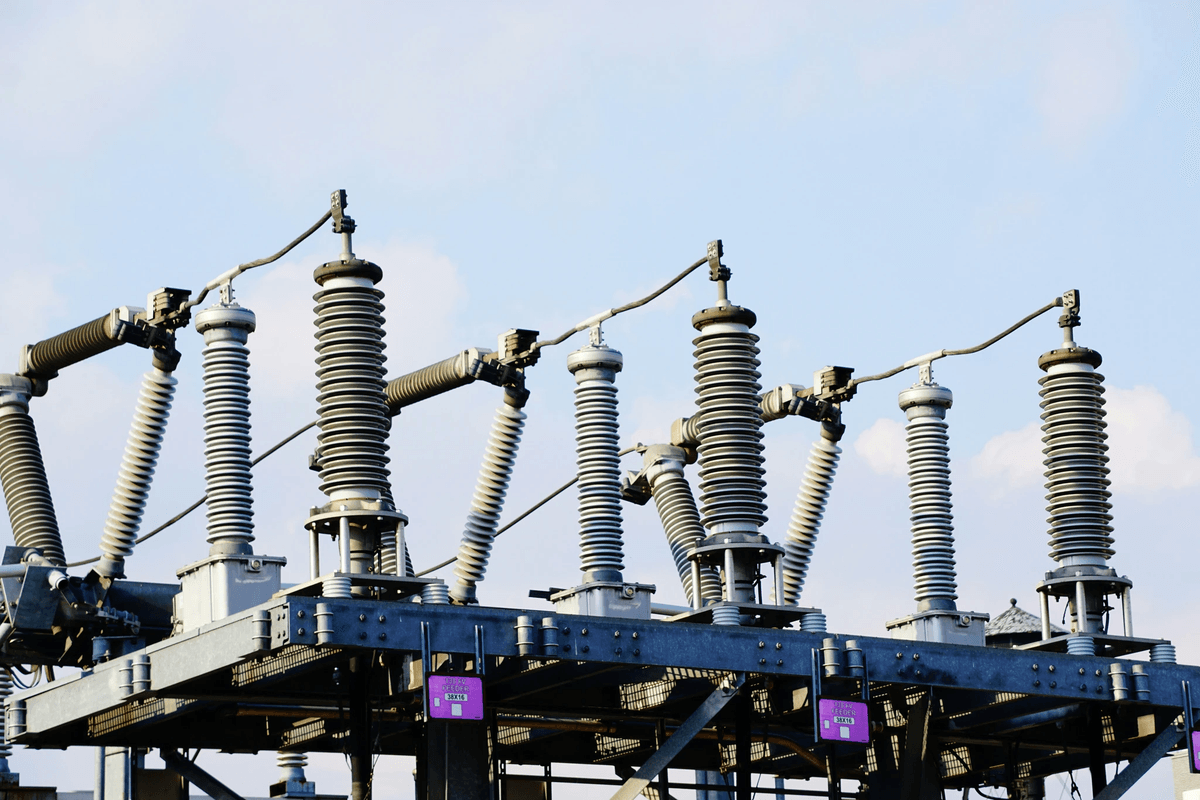Introduction
High voltage bushings, often overlooked yet crucial components in electrical systems, play a vital role in ensuring the smooth operation of power transmission and distribution networks. Understanding what HV bushings are and their significance can help demystify their functionality and importance in modern power systems. As we delve deeper into the world of high voltage bushings, we'll explore their purpose, how they interact within transformers, and current trends shaping the market.
Understanding High Voltage Bushings
So, what are HV bushings? Simply put, they are insulative devices that allow electrical conductors to pass through grounded barriers while maintaining safety and efficiency. They serve as a bridge between high voltage equipment—like transformers—and external power lines, ensuring that electricity flows seamlessly without risk of arcing or short-circuiting.
Importance of HV Bushings in Power Systems
The importance of HV bushings cannot be overstated; they are essential for preventing electrical failures that could lead to catastrophic outages or equipment damage. By facilitating safe connections between transformers and the grid, these components enhance overall system reliability and operational efficiency. Without properly functioning high voltage bushings, power systems would face increased risks of failure and costly downtimes.
Overview of Current Market Trends
In recent years, the market for high voltage bushings has seen significant changes driven by technological advancements and evolving industry needs. Manufacturers are increasingly focusing on developing more durable materials that can withstand extreme conditions while reducing maintenance costs over time. Additionally, as renewable energy sources gain traction globally, there is a growing demand for innovative solutions like HV bushings designed specifically for integration with solar panels and wind turbines.
What are HV Bushings?

High Voltage Bushings, often referred to simply as HV bushings, play a pivotal role in the functionality of electrical equipment, particularly transformers. These devices serve as insulators and connectors between high voltage lines and electrical components, ensuring safe and efficient energy transfer. Understanding what HV bushings are is crucial for anyone involved in the power systems industry.
Definition and Basic Functions
So, what are HV bushings? Essentially, they are insulating devices that allow electrical conductors to pass through grounded barriers while preventing short circuits or arcing. Their primary function is to maintain electrical insulation at high voltages while providing a pathway for current flow into or out of transformers and other equipment. Without these critical components, the risk of electrical failure would significantly increase.
Key Components of HV Bushings
The key components of HV bushings include an insulator, metal terminals, and sometimes a protective housing. The insulator is typically made from materials like porcelain or polymer that can withstand high voltage stress without breaking down. Metal terminals facilitate the connection with power lines and ensure secure attachment to the transformer or other equipment; together, these elements create a robust structure capable of withstanding harsh operating conditions.
Types of HV Bushings Available
There are several types of HV bushings available on the market today, each designed for specific applications and voltage ratings. Some common types include oil-filled bushings, which use insulating oil to enhance performance; dry-type bushings that utilize solid insulation materials; and capacitor-type bushings that integrate capacitors for improved voltage stability. Choosing the right type depends on factors like application requirements and environmental conditions.
What Does a Bushing Do in a Transformer?

Role in Electrical Insulation
One of the primary functions of HV bushings is to provide electrical insulation between the live parts inside the transformer and the external environment. This insulation prevents unwanted current leakage and protects both equipment and personnel from potential hazards. Without effective insulation provided by bushings, transformers would be at risk of failure due to electrical arcing or short circuits.
Moreover, high voltage bushings are designed to withstand extreme electrical stress while maintaining their insulating properties over time. The materials used in their construction are engineered to resist degradation from heat, moisture, and other environmental factors. This durability ensures that HV bushings continue to perform their essential role in electrical insulation throughout their operational lifespan.
Connection Between Transformer and Power Lines
High voltage bushings also serve as critical connectors between transformers and power lines, enabling the transfer of electricity with minimal loss. They facilitate the transition of high-voltage electricity from inside the transformer to overhead or underground transmission lines effectively. This connection is vital for maintaining system reliability while ensuring that energy can be distributed efficiently across vast distances.
In addition to connecting transformers with power lines, HV bushings must also accommodate thermal expansion caused by fluctuating temperatures during operation. Their design allows for movement without compromising electrical performance or safety standards. Thus, these bushings play an indispensable role not only in connectivity but also in managing operational dynamics within power systems.
Impact on Transformer Efficiency
The efficiency of a transformer hinges significantly on its components—including HV bushings—due to their integral role in facilitating smooth operations. When properly functioning, high voltage bushings minimize energy losses associated with heat generation during transmission processes. This efficiency translates into reduced operational costs for utility providers and better service quality for consumers.
Furthermore, any malfunction or degradation of an HV bushing can lead to increased energy losses or even catastrophic failures within transformers themselves. Regular maintenance checks on these components are crucial for preserving efficiency levels over time; neglecting them could result in costly repairs or replacements down the line. Therefore, understanding what does a bushing do in a transformer emphasizes its importance not just as an accessory but as an essential component driving overall system performance.
What is the Purpose of a Bushing?

High Voltage Bushings (HV bushings) serve critical roles in electrical systems, acting as vital conduits that connect high voltage equipment to power lines while ensuring safety and efficiency. Understanding what a bushing does in a transformer is essential for anyone involved in power system management or maintenance. From preventing electrical arcing to facilitating high voltage connections, these components are indispensable for modern electrical infrastructure.
Preventing Electrical Arcing
One of the primary purposes of a bushing is to prevent electrical arcing, which can be detrimental to both equipment and personnel. HV bushings effectively insulate high voltage conductors from grounded structures, thereby reducing the risk of unwanted discharge that could lead to catastrophic failures. By maintaining a robust barrier between conductive elements and their surroundings, bushings play an essential role in ensuring the reliability of power systems.
Electrical arcing not only poses risks to equipment but also creates safety hazards for workers operating near high voltage areas. By understanding what are HV bushings and their insulating properties, operators can appreciate how these components mitigate such dangers. Ultimately, effective insulation provided by HV bushings contributes significantly to the longevity and performance of transformers and other high voltage apparatus.
Facilitating High Voltage Connections
Another crucial function of a bushing is facilitating high voltage connections between transformers and power lines or other equipment. Without HV bushings, establishing secure connections would be challenging due to the significant distances involved and the need for reliable insulation at elevated voltages. Bushings provide an efficient means through which electricity can flow seamlessly from one component to another without compromising safety or performance.
When considering what does a bushing do in a transformer, it’s clear that these components are integral not just for connectivity but also for maintaining system integrity under varying operational conditions. The design of HV bushings allows them to accommodate thermal expansion while providing stable electrical pathways even under stress. This functionality ensures that energy transmission remains uninterrupted while minimizing potential faults caused by environmental factors.
Enhancing Safety in Electrical Systems
Safety is paramount in any electrical system, especially when dealing with high voltages where even minor issues can escalate into serious incidents. High Voltage Bushings enhance safety by serving as barriers against potential hazards like short circuits or equipment failure due to excessive heat or moisture ingress. Their robust construction not only supports operational efficiency but also protects personnel working within proximity.
Understanding what is the purpose of a bushing goes beyond mere functionality; it encompasses creating an environment where electricity can be handled safely without risk to human life or infrastructure integrity. As we delve deeper into how HV bushings operate within transformers and other applications, it becomes evident that their role extends far beyond simple connectivity—they are vital guardians against many risks associated with high voltage systems.
Latest Prices for High Voltage Bushings

When it comes to acquiring high voltage bushings, understanding the latest prices is essential for making informed decisions. The cost of HV bushings can vary widely based on several influencing factors, including material quality, design specifications, and manufacturer reputation. Additionally, market demand and global supply chain dynamics play significant roles in determining pricing trends.
Influencing Factors on Pricing
Several key factors influence the pricing of high voltage bushings. First and foremost, the materials used in manufacturing these components can significantly affect costs; premium materials often result in higher prices but offer better durability and performance. Furthermore, customization options—tailoring a bushing to specific transformer requirements—can also drive up costs due to additional engineering and manufacturing processes involved.
Another critical aspect is the technological advancements integrated into HV bushings. Innovations aimed at enhancing safety features or improving efficiency can lead to increased prices but may ultimately provide long-term savings through reduced maintenance and improved transformer performance. Lastly, economic fluctuations and changes in regulatory standards can impact production costs, consequently affecting the final price of high voltage bushings.
Price Comparison Among Top Manufacturers
When exploring what are HV bushings available on the market today, it's beneficial to compare prices among leading manufacturers. Different companies offer various models with distinct features that cater to diverse electrical needs; thus, their pricing structures can differ significantly as well. For instance, while some manufacturers may focus on budget-friendly options with basic functionalities, others might provide high-end solutions equipped with advanced technology that ensures optimal performance.
A quick glance at price ranges reveals that basic HV bushings could start from a few hundred dollars each while more sophisticated models may exceed several thousand dollars depending on their specifications and capabilities. Understanding what does a bushing do in a transformer helps buyers appreciate why investing in quality products is crucial; after all, these components are integral to ensuring seamless power transmission and system reliability.
Trends in Pricing Over Time
Analyzing trends in pricing over time offers valuable insights into the future landscape of high voltage bushings. Historically speaking, there has been a gradual increase in prices due to rising raw material costs and evolving technology standards within the industry. Moreover, as demand for renewable energy sources grows globally, there's been an uptick in investments towards upgrading existing infrastructure—this trend naturally influences bushing prices as manufacturers strive to meet new specifications.
Interestingly enough, while some segments have experienced price inflation due to heightened demand for superior safety features or enhanced efficiency measures (what is the purpose of a bushing?), other areas have seen stabilization or even reductions thanks to advancements in manufacturing techniques that lower production costs without compromising quality. Keeping an eye on these trends will not only help stakeholders make informed purchasing decisions but also anticipate shifts within this dynamic market segment.
Leading Manufacturers and Suppliers

When it comes to high voltage bushings, the market is filled with a variety of manufacturers and suppliers, each offering unique features and benefits. Understanding who the key players are can help you make informed decisions about which HV bushing best suits your needs. This section explores some of the leading manufacturers, their offerings, and tips for selecting the right supplier.
Spark Fittings Overview
Spark Fittings has established itself as a noteworthy player in the HV bushing market. Known for their commitment to quality and innovation, they offer a range of high voltage bushings designed to meet various industry standards. Their products are engineered to ensure reliability in demanding environments, making them a go-to choice for many power systems.
In addition to traditional HV bushings, Spark Fittings also focuses on providing customized solutions tailored to specific customer requirements. This flexibility allows them to cater to diverse applications across different sectors. With an emphasis on safety and efficiency, Spark Fittings ensures that their high voltage bushings play an integral role in preventing electrical failures.
Top Industry Players and Their Offerings
Beyond Spark Fittings, several other top industry players dominate the landscape of HV bushings. Companies like Siemens, ABB, and General Electric have long been recognized for their cutting-edge technology and extensive product lines that include various types of HV bushings suited for transformers and other electrical systems. Each manufacturer brings its own strengths; for instance, Siemens is known for its advanced insulation materials while ABB excels in energy-efficient designs.
These companies not only provide standard high voltage bushings but also offer specialized products that address unique challenges within power systems. Whether it's enhancing transformer efficiency or ensuring safety by preventing electrical arcing, these manufacturers focus on delivering solutions that meet stringent industry demands. It's essential to explore what each company offers regarding warranty terms, support services, and product specifications when considering your options.
How to Choose the Right Supplier
Choosing the right supplier for your HV bushing needs can feel daunting with so many options available today. Start by evaluating the supplier's reputation within the industry; look for reviews or case studies demonstrating their experience with high voltage bushings specifically designed for transformers or other critical applications. A reliable supplier should have a solid track record of customer satisfaction along with transparent communication regarding pricing structures.
Next, consider whether they provide comprehensive support services such as installation guidance or technical assistance after purchase—this can significantly enhance your experience when dealing with complex equipment like transformers equipped with HV bushings. Finally, assess how well their offerings align with your specific requirements; whether it's understanding what does a bushing do in a transformer or grasping what is the purpose of a bushing in maintaining system integrity—having a knowledgeable partner makes all the difference.
Conclusion

High Voltage Bushings (HV bushings) play an indispensable role in the effective operation of power systems. They serve as the critical link between electrical equipment, such as transformers and power lines, ensuring safe and efficient transmission of electricity. Understanding their importance is essential for anyone involved in the design, maintenance, or procurement of electrical infrastructure.
The Vital Role of High Voltage Bushings
So, what are HV bushings? In essence, they are specialized insulators that provide a pathway for electrical conductors while preventing arcing and ensuring safety. Their crucial function in electrical insulation means that without them, transformers would struggle to connect with power lines effectively—leading to inefficiencies and potentially hazardous situations.
Moreover, understanding what a bushing does in a transformer is vital for appreciating its significance. It helps maintain the integrity of the transformer by managing high voltage connections safely and efficiently. Therefore, HV bushings not only facilitate operational efficiency but also enhance overall system reliability.
Making Informed Purchasing Decisions
When it comes to making informed purchasing decisions regarding HV bushings, it's essential to consider various factors such as pricing trends and manufacturer reputation. Knowing what is the purpose of a bushing can guide you towards selecting products that meet your specific needs—whether you prioritize durability, efficiency, or cost-effectiveness.
Additionally, comparing prices among top manufacturers can help you find quality HV bushings without breaking the bank. By weighing these factors carefully and understanding your requirements fully, you can confidently navigate the market landscape for High Voltage Bushings.
Future Outlook for HV Bushing Technology
Looking ahead, the future outlook for HV bushing technology appears promising as advancements continue to emerge in materials science and engineering practices. Innovations may lead to more efficient designs that enhance performance while reducing costs—benefiting both manufacturers and consumers alike.
As we become more reliant on renewable energy sources and smart grid technologies, understanding what are HV bushings will be crucial for integrating new systems seamlessly into existing infrastructures. The evolution of High Voltage Bushings will likely reflect broader trends in energy management and sustainability efforts worldwide.

